Ambastaia sidthimunki – Dwarf Botia
Ambastaia sidthimunki is the smallest fish of the Botiidae family hence the common name Dwarf Botia. They are silver/white in color with a pattern of circles in black. They have a pointed snout and a flattened belly so that they can move easily over the bottom. Barbels around the snout ensure that they can easily sift through the sand in search of food. Below the eye is a small spine that they can raise when in danger. The fish grow to a maximum length of about nine centimeters.
Synonyms: Botia sidthimunki, Yasuhikotakia sidthimunki.
Origin
Cambodia, Laos, Thailand.
The habitat of Ambastaia sidthimunki – Dwarf Botia has largely been lost due to the construction of a dam in the 1980s and 1990s. In addition, overfishing and cultivating land for agriculture has further reduced the habitat. At the moment they are only found in a relatively small area of about 100 km2 above the dams in the Mae Klong and a few reservoirs in Khao Laem.
The aquarium
The aquarium should be set up with enough hiding places to make them feel safe. This can be done by means of dense plants, rocks, driftwood or half coconuts. Also make sure you have enough swimming space. An aquarium of at least 60 centimeters in length is sufficient. Keep them in a school of at least 8 pieces. In a larger aquarium you can expand the school a bit. The more the better for the fish. A sandy substrate will be appreciated so that they can easily search for food. They also like to burrow while looking for food. The fish like some current and oxygen-rich water. So make sure you change water often.
Water parameters
Temperature: 26-29 Celsius.
pH: 6 – 7,5.
GH: 5-13
In nature, fish have to deal with fluctuating temperatures. Keeping fish at the minimum or maximum temperature for a long time is not always desirable and can shorten the average lifespan of the animals.
Diet
The Dwarf Botia is a true omnivore. They can eat frozen food, live food but also tablets are accepted. Make sure you vary their food to keep them healthy!
Character
When kept alone, these fish can be a bit shy. It is a schooling fish. So make sure you have a group of about 8 to 10 pieces. Because these fish form a territory, there must be enough hiding places for the number of fish that are kept together. It is possible to combine the Dwarf Botia with other smaller fish that do not form a territory.
Breeding Ambastaia sidthimunki – Dwarf Botia
Little is known about the breeding of Ambastaia sidthimunki – Dwarf Botia, there seem to be some random breedings, during courtship these fish change color and become pale.
It is grown on a large scale for trade. They breed them by stimulating the fish using hormones.
Video
Author
Stefan
Copyright images
Mark Duffill
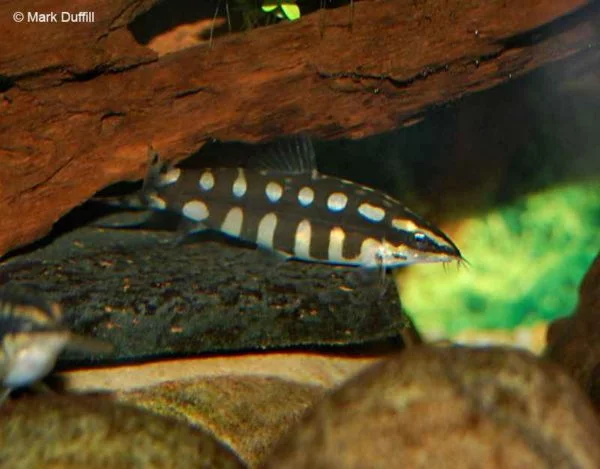


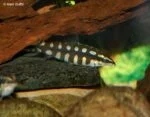
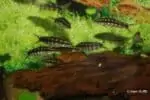
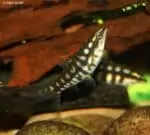
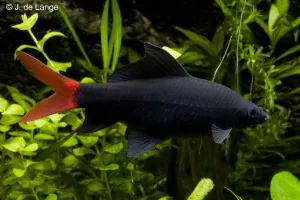

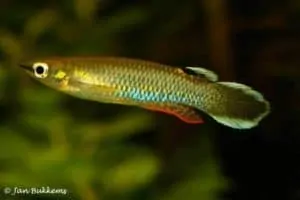




Reviews
There are no reviews yet.